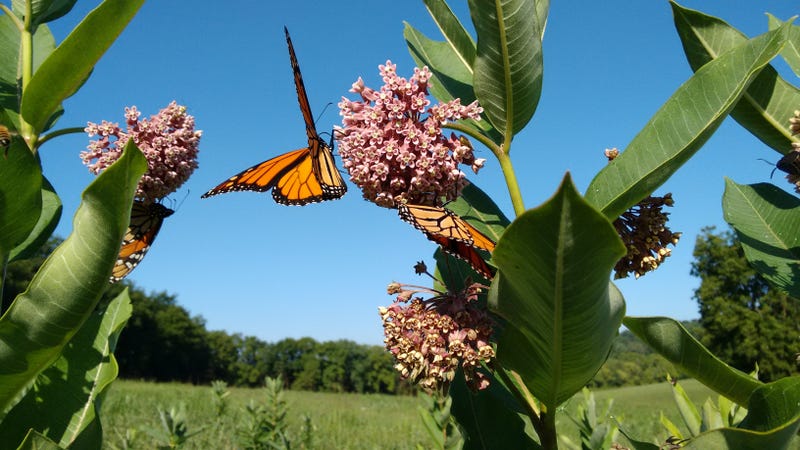
Our recent rainy weather has provided a nice boost to the monarch population.
And its coming just in time given the fact that the winter monarch count in Mexico was the smallest it's been in the past decade according to researchers.
University of Minnesota scientist Emilie Snell-Rood says that's largely due to last summer's drought across the U.S. which challenged monarchs' primary nesting and food source, milkweed.
"Both in terms of the host plants that the caterpillars are feeding on, but also the flowers that the adults are going to nectar on, where they get their their sugar resources from, are also going to depend on rainfall conditions," Snell-Rood explains.
Snell-Rood says Minnesota's monarch population should be strong again this year, but can always be helped by people planting more milkweed and other native plants on their properties.
Snell-Rood says butterflies are unique in the ways they feed.
"Other species of butterflies will feed on only plants in the carrot family, and some will feed on only plants in the rose family," says Snell-Rood. "So they're pretty specialist as caterpillars."
15 butterfly species in Minnesota are now listed as endangered, threatened or special concern, and the University of Minnesota says it is likely eight of those are extinct.
With so little prairie left in Minnesota (around 1% of the original prairie remains), there are a number of ways you can help create habitats in your own yard for the crucial pollinator. Information is available from the University here.
